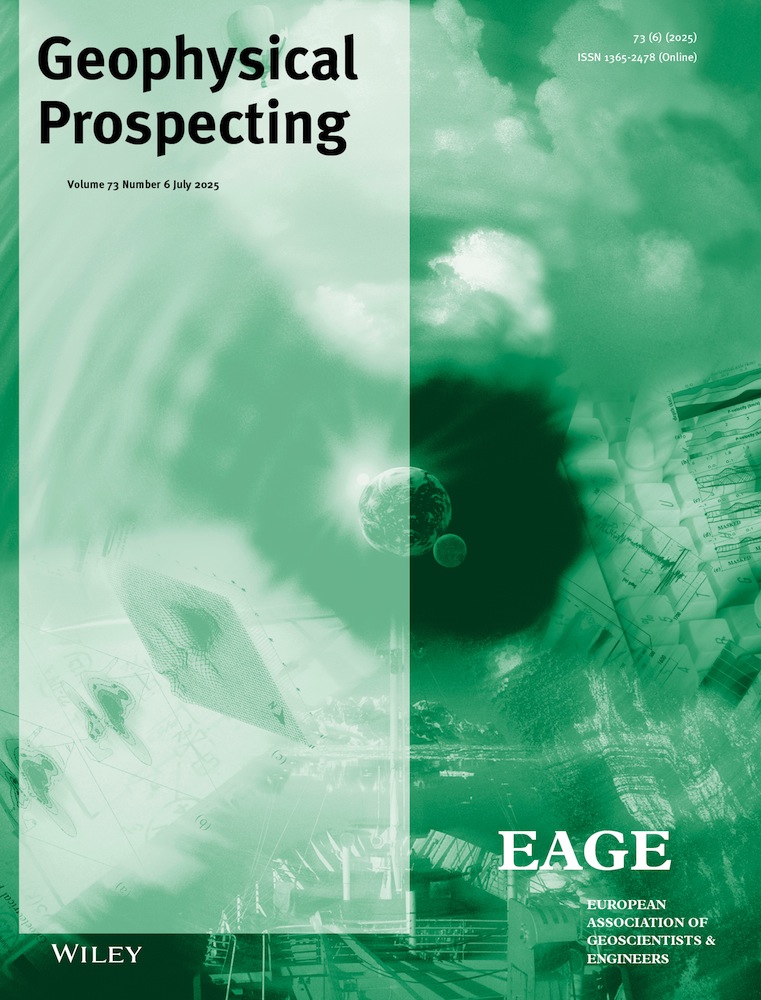Exact Equation for Seismic Response of Viscous Non-Welded Interface in Saturated Orthotropic Media Under the In Situ Stress
Funding: Financial sponsorship was provided by the National Natural Science Foundation of China (U24B2020, 42174139), Laoshan Laboratory Science and Technology Innovation Program (LSKJ202203406) and Science Foundation from Innovation and Technology Support Program for Young Scientists in Colleges of Shandong Province and Ministry of Science and Technology of China (2019RA2136).
ABSTRACT
Deep-strata high-pressure reservoirs are a key research area in subsurface resource exploration. The complex mix of in situ pressure, anisotropy and fluid saturation in rocks leads to unclear seismic responses and uncertainties in wave propagation. Using acoustoelasticity theory and assuming weak anisotropy, we derived equations for the elastic parameters of stressed orthotropic media. These equations use anisotropic parameters to describe the unstressed elastic properties of orthotropic media. Then, using the Gassmann equation and low-frequency poro-elasticity, we found elastic parameters for single fluid-saturated orthotropic media. Non-welded interfaces serve as a reasonable approximation for tiny fractures and are ubiquitous in subsurface formations, and the viscous fluid present within these interfaces contributes to the observable attenuation of seismic waves. Using elastic parameters of stressed, fluid-saturated orthotropic media, we formulated reflection and transmission coefficient equations for these interfaces based on linear-slip theory. Using these equations, we analysed how stress, fluid saturation and interface changes affect seismic response and wave propagation. We then analysed how frequency, porosity, viscosity, fracture weakness and other physical properties affect seismic behaviour within and at the medium's interface. By constructing exact equations, we have achieved a more realistic simulation of subsurface seismic response. This enhancement in simulation accuracy facilitates a deeper understanding of the seismic response patterns observed in deep and complex subsurface reservoirs. Furthermore, it provides a solid theoretical foundation for fluid identification and reservoir prediction in actual subsurface reservoir scenarios.
Open Research
Data Availability Statement
Data and materials associated with this article are available and can be obtained by contacting the corresponding author or the first author.




